Description
Tetrodotoxin Poison: An In-Depth Analysis
Name: Tetrodotoxin
Chemical Formula: C₁₃H₁₈N₄O₃
Also Known As: TTX
Origin and Background
Tetrodotoxin (TTX) is a potent neurotoxin primarily found in various species of pufferfish, particularly those in the family Tetraodontidae. It is also present in certain other marine creatures, such as blue-ringed octopuses, some species of newts, and certain starfish and sea slugs. The toxin was first isolated from pufferfish in the 1900s and has since gained attention for its extremely high toxicity.
Historically, TTX has been used in traditional Japanese cuisine, particularly in the preparation of fugu (pufferfish), which requires skilled chefs to prepare safely. The risk associated with consuming improperly prepared fugu has led to numerous cases of poisoning and even fatalities, showcasing the deadly nature of this toxin.
Mechanism of Action
Tetrodotoxin functions primarily by blocking voltage-gated sodium channels in nerve and muscle cells. This action prevents the propagation of action potentials, leading to:
- Nerve Conduction Block: The inability of neurons to transmit signals results in paralysis and loss of sensation.
- Muscle Paralysis: In skeletal muscles, this leads to an inability to move, affecting both voluntary and involuntary muscle function.
- Respiratory Failure: TTX can paralyze the muscles involved in breathing, leading to asphyxiation if not treated promptly.
Lethal Dose
The lethal dose of tetrodotoxin is alarmingly low:
- Lethal Dose: The estimated lethal dose (LD50) for humans is approximately 1-2 mg. This means that a very small amount can be fatal.
- Toxicity Scale: Tetrodotoxin is considered one of the most toxic substances known, with a potency estimated to be 1,000 times greater than cyanide.
Symptoms of Poisoning
Symptoms of tetrodotoxin poisoning can manifest quickly after ingestion and can progress rapidly:
- Initial Symptoms:
- Numbness or tingling around the mouth and extremities
- Nausea and vomiting
- Dizziness and headache
- Advanced Symptoms:
- Muscle weakness and paralysis
- Respiratory distress and failure
- Loss of consciousness
- Cardiovascular collapse
Symptoms can escalate within 30 minutes to 4 hours after ingestion, making timely medical intervention crucial.
Time to Kill
- Time to Onset: Symptoms typically appear within 30 minutes to 4 hours post-exposure, depending on the amount consumed.
- Time to Death: Without immediate medical treatment, death can occur within 24 hours due to respiratory failure or cardiac arrest.
Detection in Autopsy
Tetrodotoxin poisoning can be challenging to detect during an autopsy:
- Toxicology Tests: Standard tests may not specifically identify tetrodotoxin; specialized assays are required.
- Pathological Findings: Autopsy may show signs of respiratory failure, cardiovascular collapse, and potential edema in the lungs.
Antidote
Currently, there is no specific antidote for tetrodotoxin poisoning. Treatment primarily focuses on supportive care:
- Immediate Medical Attention: Call emergency services and transport the victim to a hospital.
- Supportive Care: This may include:
- Oxygen therapy to assist breathing
- Mechanical ventilation if respiratory muscles are paralyzed
- IV fluids to maintain blood pressure and hydration
- Activated Charcoal: If ingestion occurred recently, activated charcoal may be administered to limit further absorption of the toxin.
Conclusion
Tetrodotoxin is a highly potent neurotoxin that poses significant risks to those who consume it, especially when derived from improperly prepared fugu. Understanding its mechanism of action, symptoms of poisoning, and treatment options is critical for preventing fatalities. As the dangers of tetrodotoxin are well-documented, proper preparation and awareness are essential for anyone considering consuming pufferfish or other potentially toxic species.

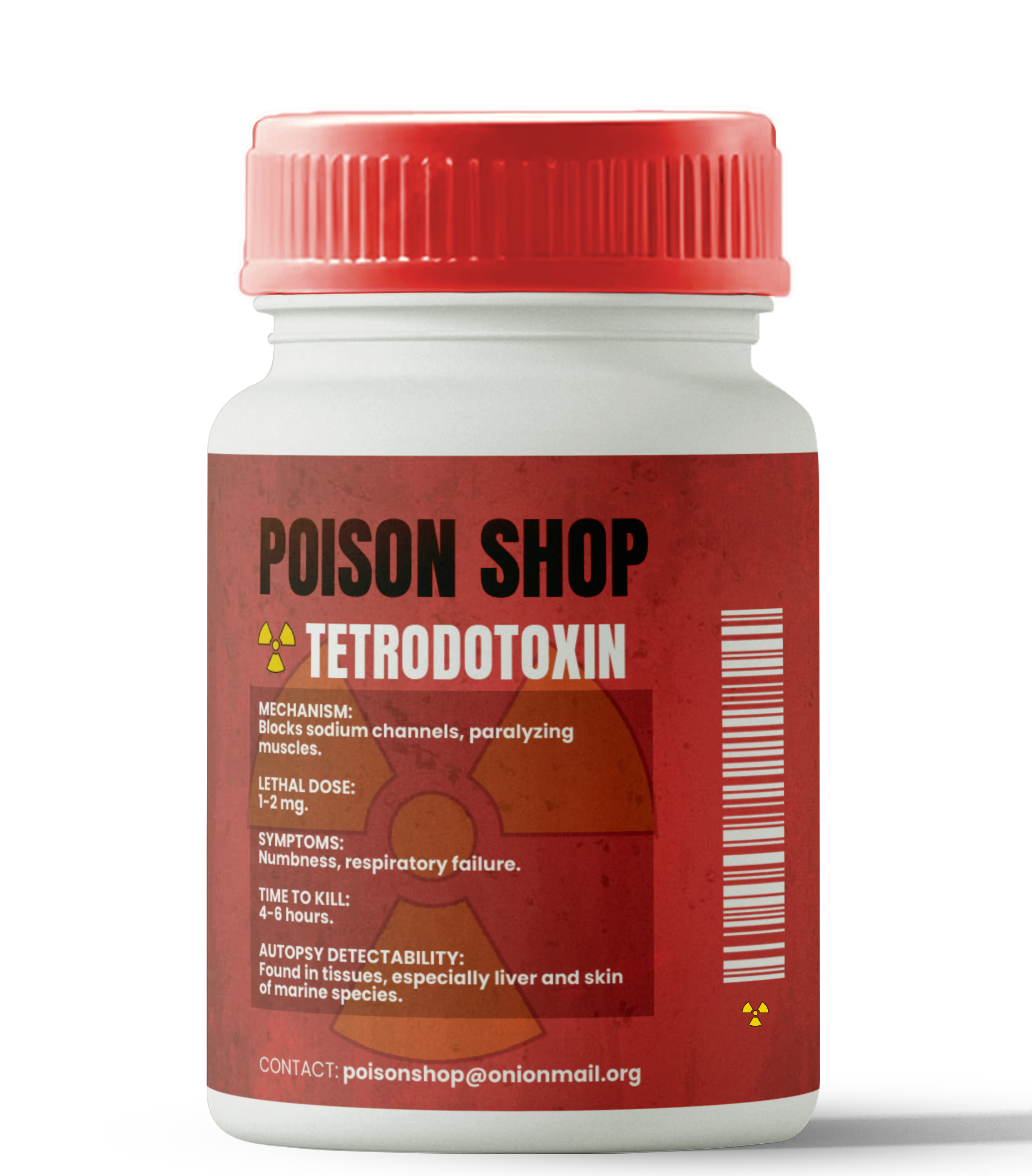
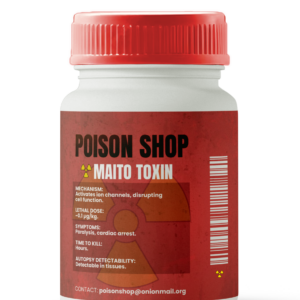
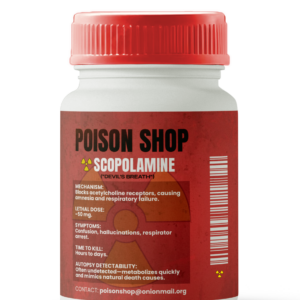
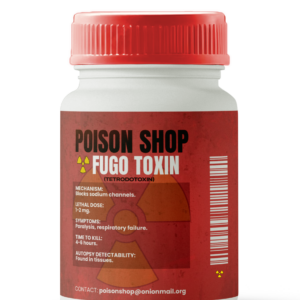
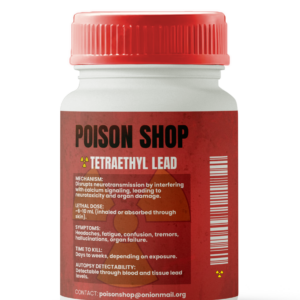
Reviews
There are no reviews yet.